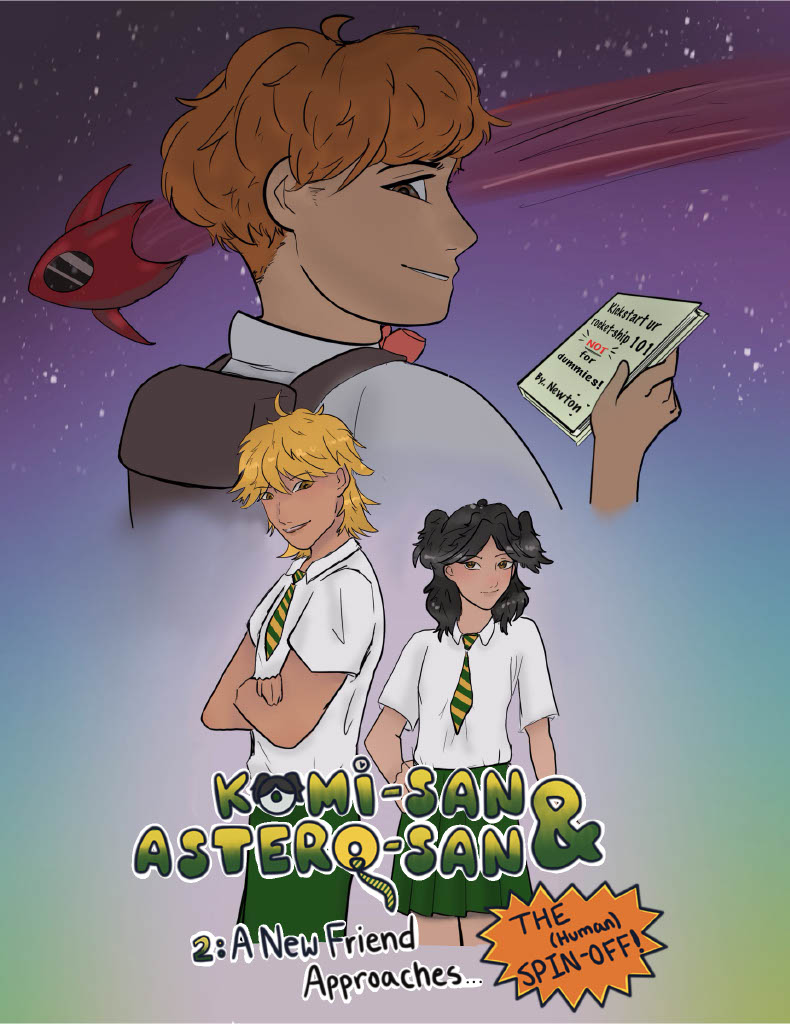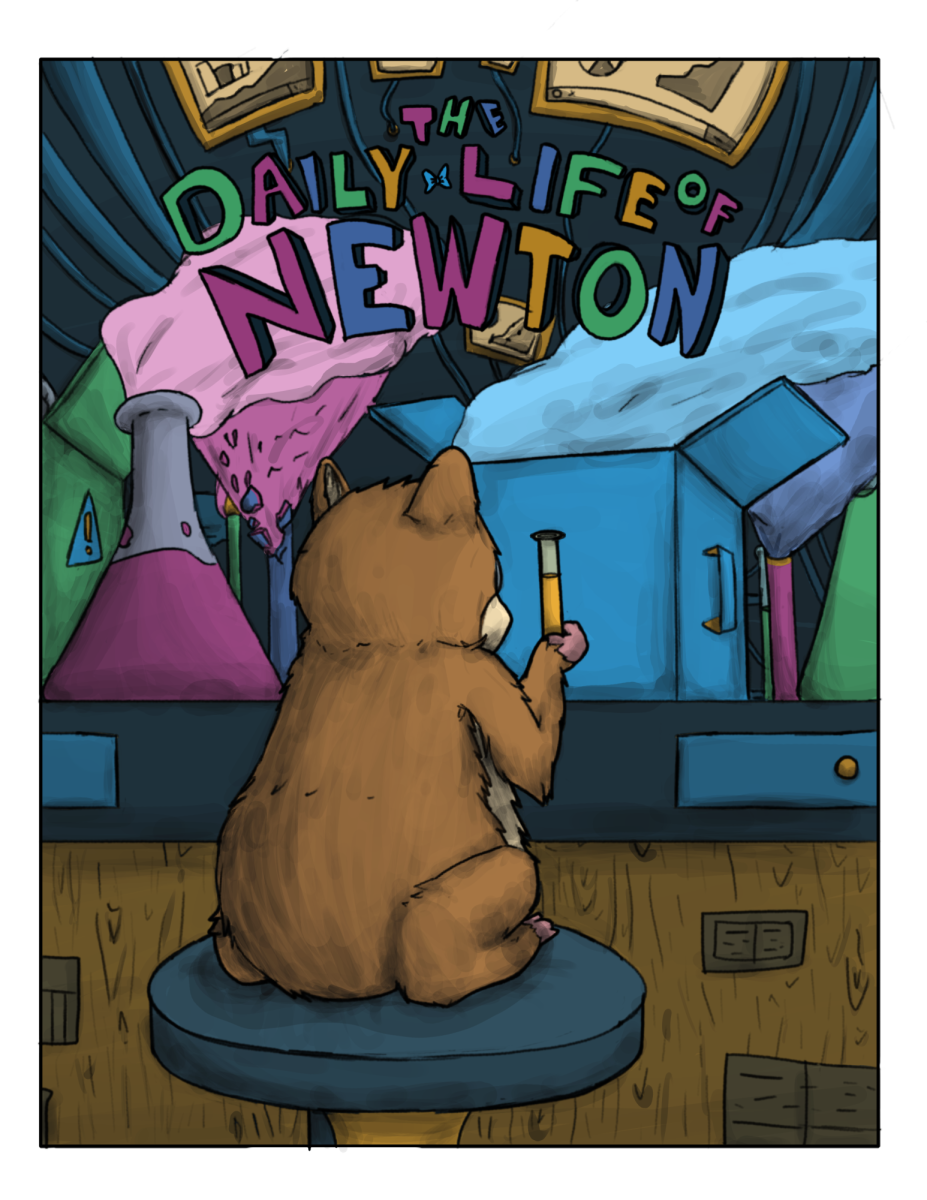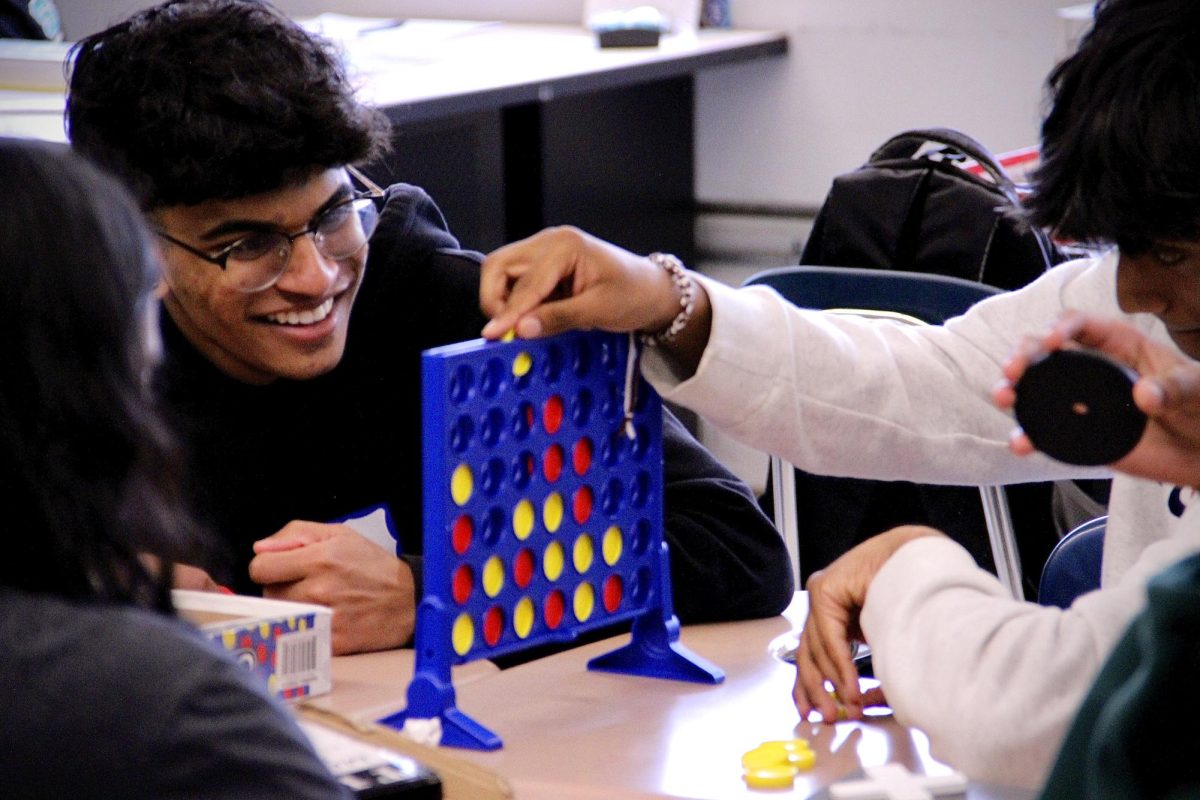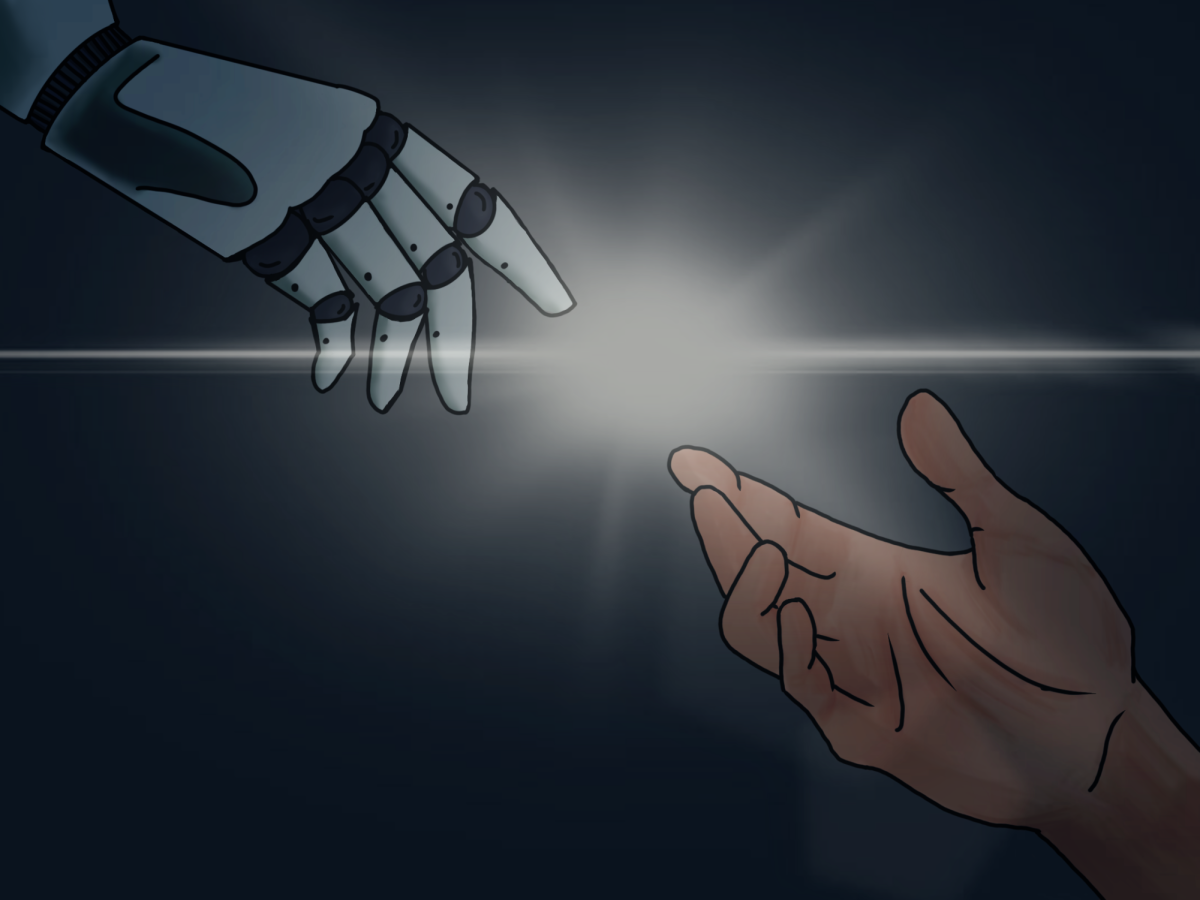When you’re enjoying a warm burrito after a long day of school, chances are you’re not likely to wonder how it was made.
Or when you’re watching news reports on a new planet being discovered, you might not immediately wonder about how it was discovered or what makes it special. And when you read a book for school, it’s almost certain that you won’t read more books after the mandatory requirement.
But, believe it or not, there are some of us that would and currently do all of these things. As humans, we all have a natural tendency to be curious. Things as little as how a burrito is made to things as big as the wanderings of the universe, our brain naturally finds itself interested in daily life. But these interests can actually unravel into extravagant passions and ultimately shape our individuality as a whole.
So how can small, insignificant interests turn into these passionate delights? And where exactly do we get our knack for knowing?
Scientifically speaking, interest is connected to a chemical in our brain that’s responsible for a lot of human action: dopamine.
Perhaps one of the more obvious chemicals playing a role in our brain system when it comes to finding things interesting, dopamine is actually quite essential in this process. When we come across something we find enjoyable, it’s bound to make us a little delighted, therefore releasing dopamine. The release of this chemical reinforces the will to learn more about certain topics, and therefore gives us more motivation to explore them.
Alongside the dopamine releases, our brain’s mesolimbic pathway, the pathway critical for reward processing, is also imperative in this process. Similar to dopamine, this pathway is activated whenever we acquire new information or find something engaging. Since these little pockets of information, supply us with happiness and fascinate us greatly, this pathway further increases desire to pursue these topics, motivating us to learn more.
Moving forward into how these interests evolve into consuming passions, the prefrontal cortex plays yet another important role in securing this train of thought. This part of the brain is more directed towards planning and decision-making as well as impulse controls. Over time, we tend to react strongly to the interests that make us the most happy, and the prefrontal cortex helps guide relevant information in our lives towards other things that align with our interests, further helping in the development of these things turning into passions. Slowly, our brain helps categorize things in our life, into interests we like and those we don’t, with the ones that provide us with the most dopamine being almost put in the “frontmost” of our mind.
But, as much as our brains can be conditioned to stick with the things we find interesting, they can as well be conditioned to disassociate with this. Like many things, prolonged time away from certain activities can tend to instill forgetfulness in our brain. Often, other events and circumstances—sometimes more prominent interests—can replace less “dormant” ones in our brain. Therefore, people can dislodge interests in others and themselves.
Disapproval from people you trust, lack of time or money, and ultimately more important sacrifices are just some of the things that fall into these categories. Many small interests and passions full of potential often stay stashed in the closet of our brains, suppressed by external factors that are usually out of our control.
Whether we want to believe it or not, it is important to remember that every lost interest we have can be reignited with only a spark. The things that make us happy are important to keep close to our hearts no matter what may stop them, and in the long run, the outcome of whether you end up staying with an interest that seems irrelevant or silly may catch you by surprise.







































